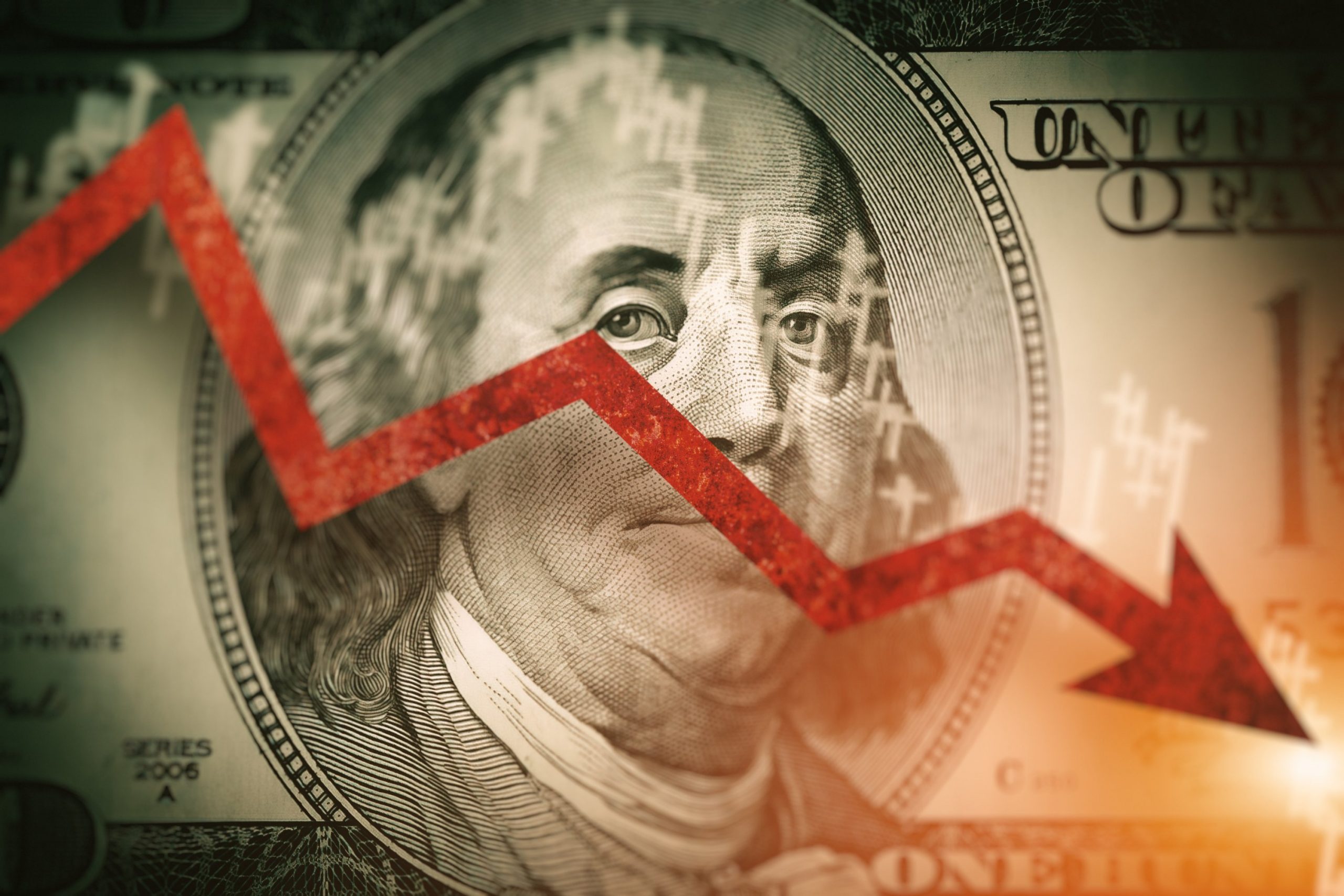Forex
Is the US dollar going down in anticipation of U.S. inflation data

Is the US dollar going down and is taking losses on Tuesday ahead of U.S. inflation data that may show some signs of slowing price growth. The euro has gained above parity due to hawkish comments from officials about the need for further rate hikes.
The dollar index to a basket of major currencies fell 0.15% to 108.169. The euro rose 0.11% to $1,013 after hitting a nearly one-month high of $1.0198 in the previous session.
The Japanese yen rose 0.29% against the dollar to 142.41 yen, helped by comments from Japanese officials about interventions.
Why is the dollar going down?
According to analysts’ consensus forecasts, core inflation in August was 0.3% monthly, the same as in July. The dollar’s rise has slowed as the market waits for inflation to pass its peak to entail a less aggressive rate hike by the Federal Reserve.
“CPI values will be very important to the Fed … it will probably take an acceleration, a strong CPI reading, for the Fed to raise rates by 75 basis points,” said Christine Clifton of Commonwealth Bank of Australia.
“If we get data broadly in line with the consensus forecast, we assume they will go for a 50 basis point hike.”
Germany’s Ifo Institute for Economic Research, reversing its forecast made three months ago, said Monday that Germany’s economy will contract next year because of rising energy prices.
“We certainly see a decline in the euro rather than an appreciation … expect the euro to fall below parity and stay there for quite some time, especially while all these energy supply problems persist,” Clifton said.
Earlier we reported that Wall Street rose for the fourth straight day ahead of the consumer price report.

 Forex3 years ago
Forex3 years agoForex Today: the dollar is gaining strength amid gloomy sentiment at the start of the Fed’s week

 Forex3 years ago
Forex3 years agoUnbiased review of Pocket Option broker

 Forex3 years ago
Forex3 years agoDollar to pound sterling exchange rate today: Pound plummeted to its lowest since 1985

 Forex3 years ago
Forex3 years agoHow is the Australian dollar doing today?

 Cryptocurrency3 years ago
Cryptocurrency3 years agoWhat happened in the crypto market – current events today

 World3 years ago
World3 years agoWhy are modern video games an art form?

 Commodities3 years ago
Commodities3 years agoCopper continues to fall in price on expectations of lower demand in China

 Economy3 years ago
Economy3 years agoCrude oil tankers double in price due to EU anti-Russian sanctions





















